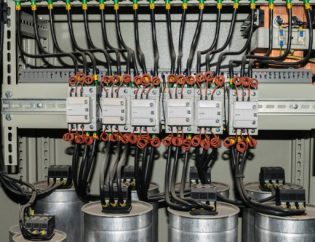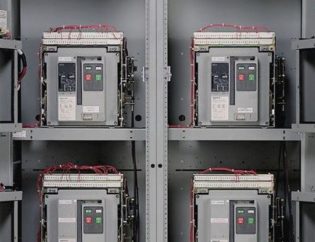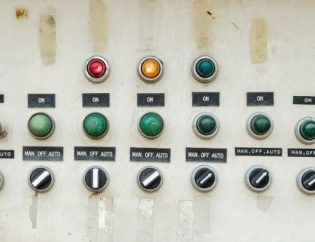Introduction to Power Quality
Now, knowing the quality of power supply becomes very important in this world, where almost every little thing around us is operated with electricity.
Power quality concerns the electrical power driving our electronic devices and systems with efficiency, reliability, and safety. It is, therefore, about the electrical systems working the way it is intended without much performance or life impairing.
This is to underline that the quality of power is utmost, given that it directly influences the efficiency of appliances, lifespan of electronic devices, and therefore, the overall economic performance of businesses.
Key Aspects of Power Quality
At the heart of power quality lie a number of parameters; these are composed of voltage, frequency, and waveform purity. In effect, the problems can be those associated with short-duration events. Therefore, understanding these key areas is the most important thing in identifying and mitigating the power quality related problems.
Common Power Quality Problems
Voltage sags and swells, harmonics, transients, flicker, interruptions, and a whole host of other similar problems all fall under the power quality problems spectrum. Effects usually vary from minor inconveniences to major disruptions within the electrical systems.
Impact of Poor Power Quality
Poor power quality might be so horrible that the electrical equipment connected to it would have a short lifetime, work inefficiently, and continue to consume more power than required. From an economic perspective, experiences related to power quality comprise downtime, a level of repair and maintenance costs, and loss of productivity. It also raises a question of safety concerned with power quality issues in critical systems and infrastructure.
Measuring and Analyzing Power Quality
Monitoring power quality is essential for diagnosing and addressing issues. Various tools and techniques, from simple voltmeters to sophisticated power quality analyzers, help in measuring and analyzing power quality parameters. These tools provide the data necessary for effective problem-solving and preventive measures.
Solutions for Improving Power Quality
Improving power quality involves a range of solutions, including the use of power conditioning equipment, uninterruptible power supplies (UPS), and surge protection devices. Additionally, adhering to power quality standards and regulations ensures that electrical systems are designed and maintained to minimize quality issues.
Conclusion
In conclusion, power quality is a vital aspect of modern electrical systems, affecting everything from individual appliances to large-scale industrial operations. By understanding the issues, impacts, and solutions related to power quality, we can ensure more reliable, efficient, and safe electrical systems. As technology advances, the importance of managing and improving power quality will only grow, highlighting the need for ongoing vigilance and innovation in this field.









